Natural Resources
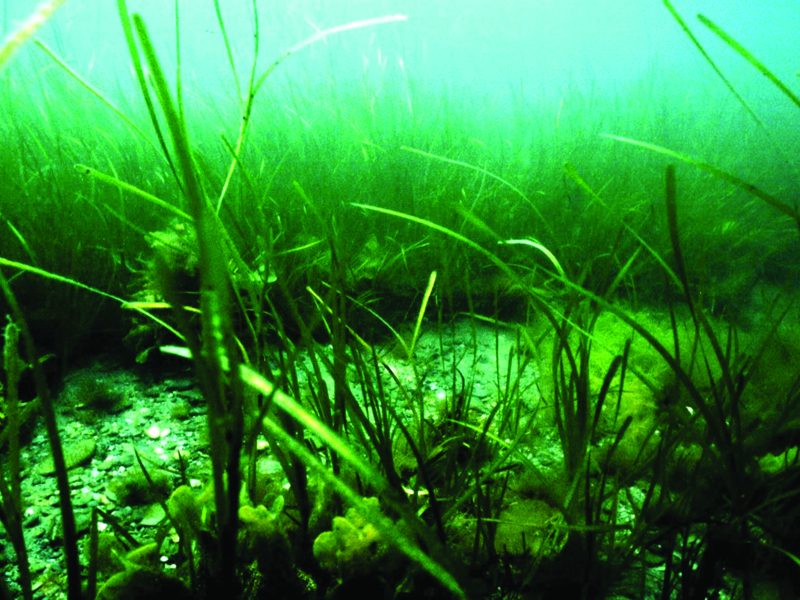
Soils all over the Earth’s surface are rigorously tested and managed. But what about soils that are down in the murky depths? Although not traditional soils, underwater soils have value and function. Some scientists are working to get them the recognition and research they deserve.
One of these scientists is Mark Stolt from the University of Rhode Island. He and his team are working to sample and map underwater soils.
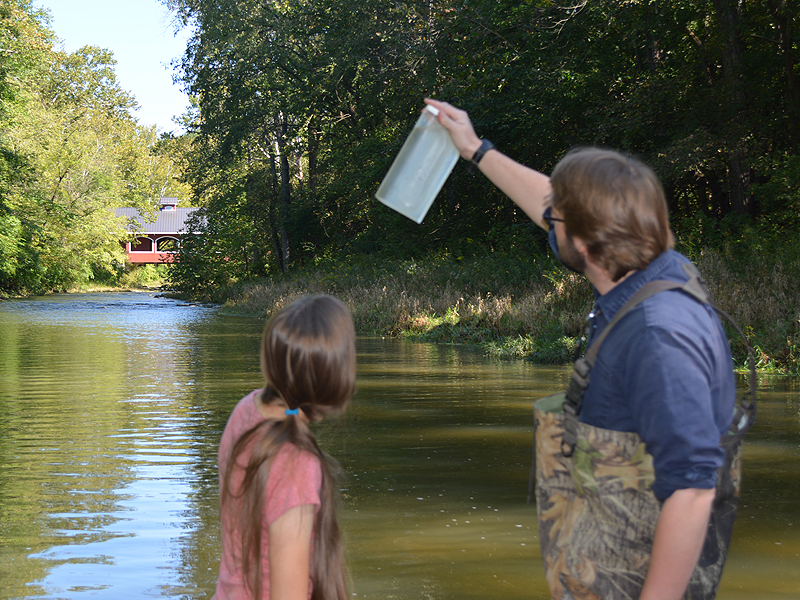
In the early 1990s, Acton Lake in southwestern Ohio had a muddy problem. Large amounts of sediment from nearby farms were entering the lake’s watershed. These sediments traveled through streams draining the landscape and were filling up the lake.
So, the USDA gave local farmers incentives to change some of their farming practices. One of these practices was conservation tillage, in which the soil is plowed less often. That can reduce sediment runoff.
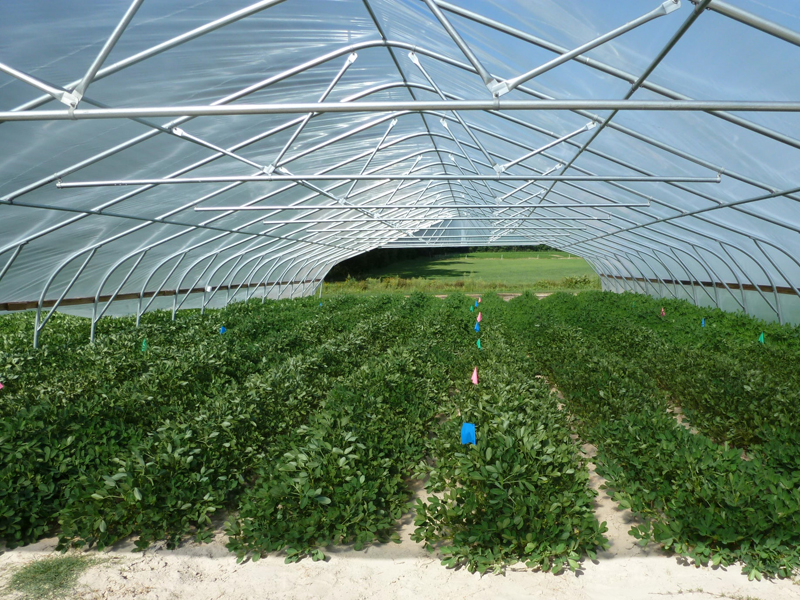
The beloved peanut usually grows in sandy soil where there might not be much moisture. But some varieties of peanut perform better in drought than others. They use less water when there isn’t much to go around, and remain productive as drought deepens. Crop scientists are trying to find the peanut varieties best at it.
Thomas Sinclair at North Carolina State University and colleagues are studying peanut varieties to find a ‘water conservation’ trait. It would help the plant maintain a high yield during a drought.
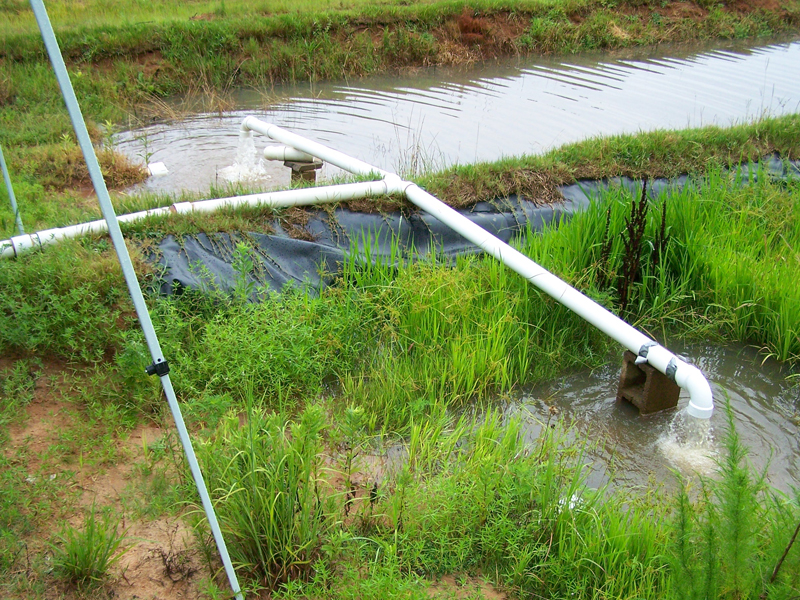
Rice is a staple food crop of 20 percent of the world’s population. It’s also grown on every continent except Antarctica.

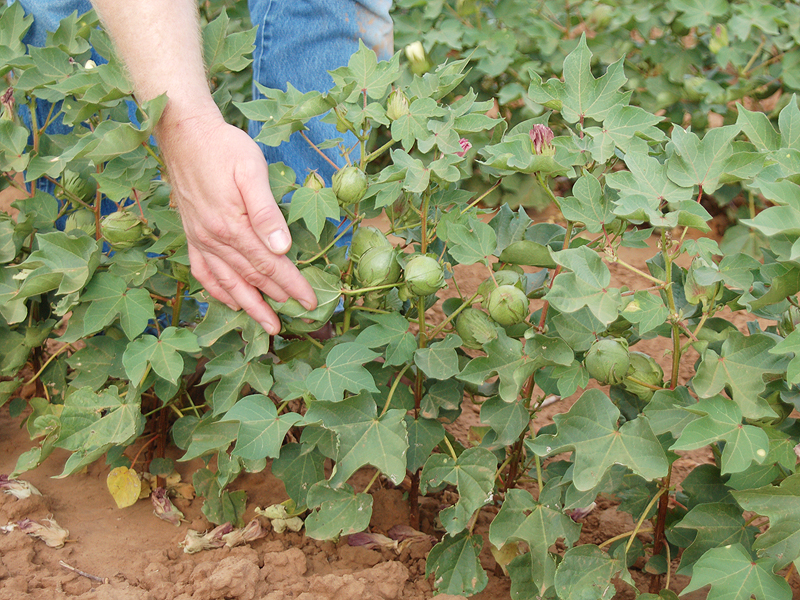
Plants need water—but what about when it’s running low? Is it possible to use less water and still have healthy crops?

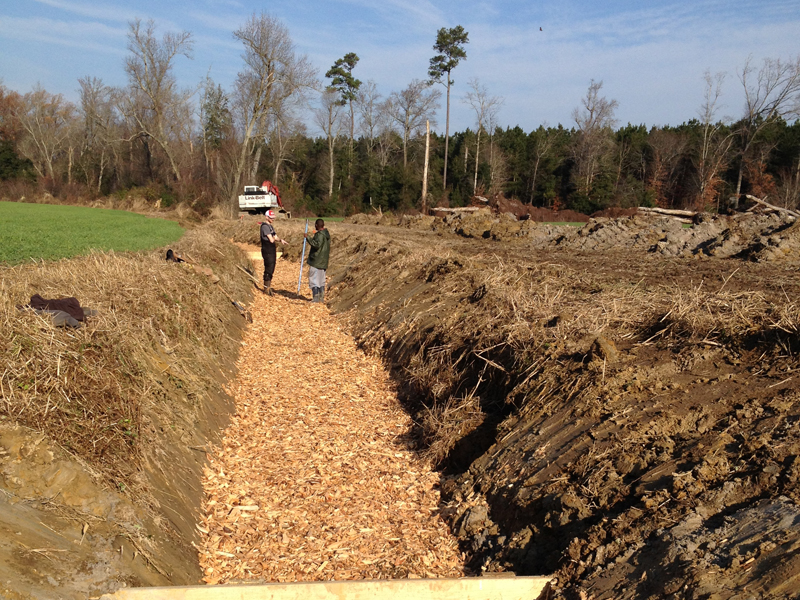
A ditch containing woodchips may look unassuming—but with a name like bioreactor it’s guaranteed to be up to more than you think.

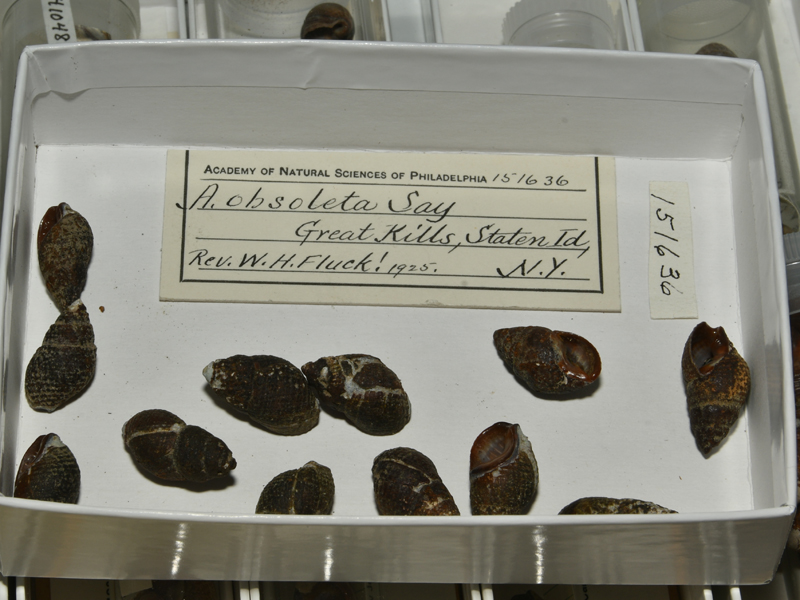
A tiny snail could be a big help to researchers measuring water quality along the U.S. and Canadian Atlantic coast.
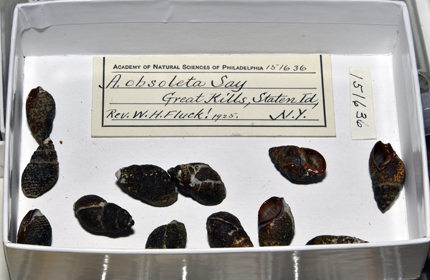
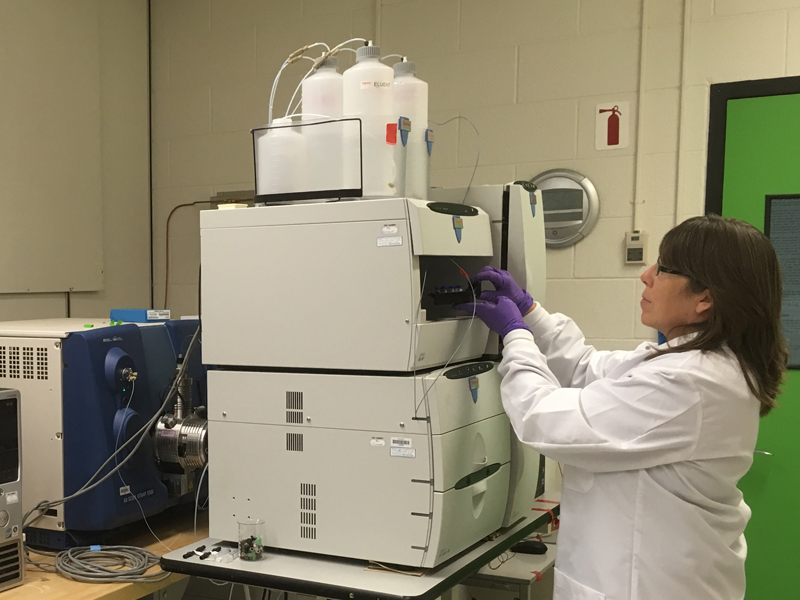
We often “flush it and forget it” when it comes to waste from toilets and sinks. However, it’s important to be able to track this wastewater to ensure it doesn’t end up in unwanted places. A group of Canadian scientists has found an unlikely solution.
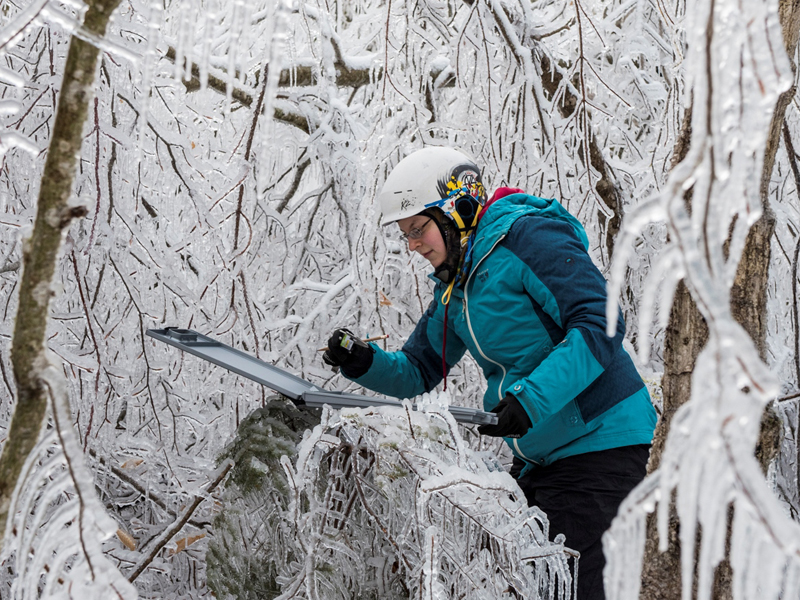
Ecologist Lindsey Rustad sculpts ice forests. She’s not a sculptor by trade, but in her latest ecology experiment, her team sprayed water over a portion of forest during the coldest part of the night. Within hours, the water froze to the branches, simulating an ice storm.
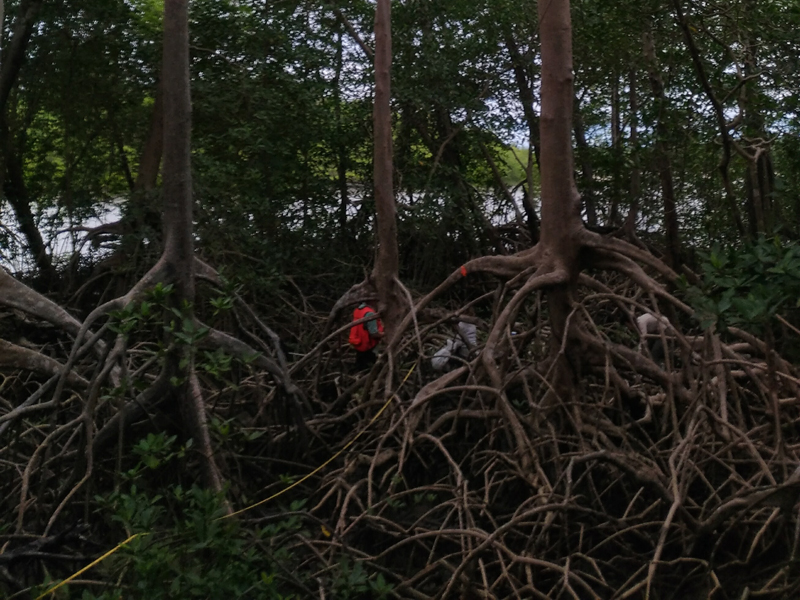
Did you know carbon comes in blue?
 Blue carbon refers to the carbon in oceans and coastal areas. These ecosystems are excellent carbon sinks – they can efficiently absorb and store carbon from the atmosphere.
Blue carbon refers to the carbon in oceans and coastal areas. These ecosystems are excellent carbon sinks – they can efficiently absorb and store carbon from the atmosphere.
And with global emissions of carbon dioxide topping 35 billion tons in 2016, carbon sinks are more important than ever.
